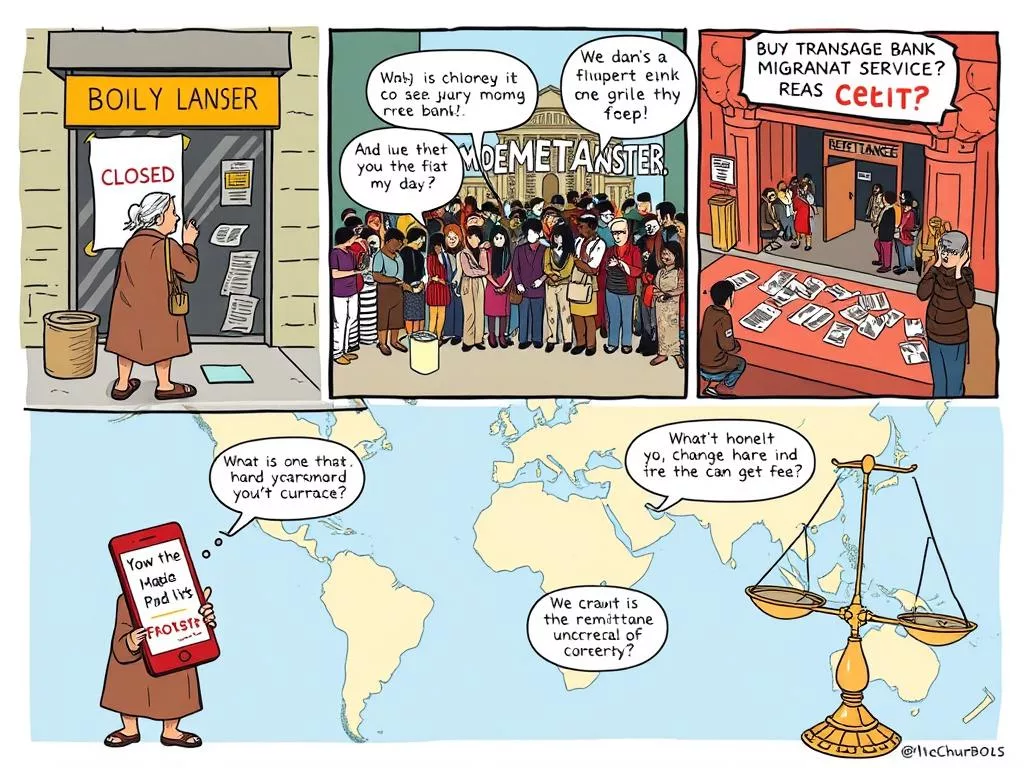In 2020, the world faced many challenges. It’s important to understand cash remittances 2020. This remittance guide explores how these financial transfers helped during tough times.
Remittances acted as a vital lifeline. They supported families and communities hit by disasters, pandemics, and conflicts. These funds were key to their economic and social growth.
This guide offers global money transfer insights. It shows how these financial flows helped keep things stable and growing in uncertain times.
Understanding Cash Remittances and Their Importance
Cash remittances are key for millions of families in developing countries. They help improve living standards, education, healthcare, and housing. This section explores how cash remittances support the global economy.

Foreign currency from remittances boosts financial reserves. It helps stabilize economies and cuts down on debt. For example, in some places, remittances make up 20-30 percent of GDP, showing their big economic role.
Remittances also grow the economy by boosting consumer spending. This helps local businesses and increases economic activity. In areas with few banks, remittances provide a steady funding source, supporting vulnerable people.
Thanks to new tech and digital services, sending money abroad is getting cheaper. This means more people can send money to their families. Remittances help fight poverty by funding education, healthcare, and business ventures.
When remittances come in, governments often use them to keep the economy stable. Studies of 157 countries show remittances help build up central bank reserves. They also make more credit available in the financial sector.
The role of remittances in the global economy is huge. In 2020, global remittances hit $702 billion. This money shows the strong connection between families and the support it offers during tough times. For tips on saving on currency exchange, check out this cheapest money exchange guide.
Guide to Cash Remittances in 2020
In 2020, sending money across borders changed a lot. New tech and economic changes played big roles. Knowing how to send money well means using digital or bank services. The guide to cash remittances from 2020 has all the latest info and tips.
Even with the world’s economy hit hard by Covid-19, sending money abroad kept going strong. The World Bank says global money transfers will grow from almost $150 trillion in 2017 to about $250 trillion by 2027. This growth is thanks to digital services that make sending money easier and cheaper.
- Digital Platforms: New tech has made digital money services faster and more convenient.
- Traditional Banks: Banks are getting better at using digital tools to help with money transfers.
- Compliance: The Consumer Financial Protection Bureau has updated rules to protect consumers and make things clearer.
It’s important to know the costs of sending money. The World Bank says fees can take up to 6.5% of the money sent. The G20 wants to cut this to 5% by 2027, meeting UN goals for a 3% fee. For more tips, check out the guide to best practices.
To get the most out of 2020’s money transfer trends, use the right tools and stay up-to-date on rules. Using new tech will make sending money easier and more accessible in the future.
Challenges and Costs in Sending Remittances
Sending money across borders is tough, with high costs being a big issue. In 2023, 184 million migrants sent about $656 billion, which is like Belgium’s GDP. This shows how important remittances are worldwide.

High transaction costs are a major problem. Sending money from the U.S. can cost up to 5.8% per transaction. This means Americans lose a lot of money to hidden fees. A survey by UnidosUS found that 67% of Latinos didn’t know about these hidden costs.
Remittance costs vary a lot around the world. Sending money can cost up to 7% of the total amount. This is hard for low-income migrants. Small and fragile states rely a lot on these funds, making affordable payment methods essential.
There are efforts to lower remittance fees. The World Bank and the United Nations aim to cut costs to below 3% by 2030. They work to make sending money easier and cheaper for everyone.
Remittances to Latin America and the Caribbean grew by 7.7% in 2023. They reached a record $155 billion, mostly from the U.S. Countries like Mexico and Nicaragua saw big increases, showing how vital remittances are for them.
The COVID-19 pandemic also affected remittances. Economic support was not enough, and measures in receiving countries reduced flows. Yet, remittances are key for basic needs, education, and housing in these areas.
Remittances help local economies grow. They support consumption and investment, leading to community development. The World Bank is working on projects like the Supporting Remittance Flows project in Somalia to improve financial systems and lower costs.
For more on why remittance costs are high, this study explains the role of economic growth and currency value. To find out the cheapest ways to send money from the U.S. to Europe, check this guide.
Why Choose Wise and Currencies Direct for 2020 Remittances
Wise and Currencies Direct are top picks for 2020 remittances. They outshine traditional banks like SBI, which charge ₹250 for Express Remit and 0.30% for Demand Drafts. Wise and Currencies Direct have lower fees and are more transparent.
Wise shows its costs upfront with a small service charge. It uses the mid-market exchange rate, avoiding hidden fees. This makes it a clear choice for those looking to save money.
Wise is also fast, completing transactions in 1-2 business days. This is a big plus in 2020’s uncertain economy. Users praise Wise for its reliability and efficiency, making it great for both small and large transfers.
Currencies Direct also offers a good user experience and competitive rates. They don’t charge interest or extra fees like banks do. Their quick transfers and focus on security and satisfaction are well-reviewed.
Choosing between Wise and Currencies Direct depends on your needs. Both offer better speed, cost, and transparency than traditional banks. They are the best options for 2020 remittances, whether you send money often or just need a reliable service.

